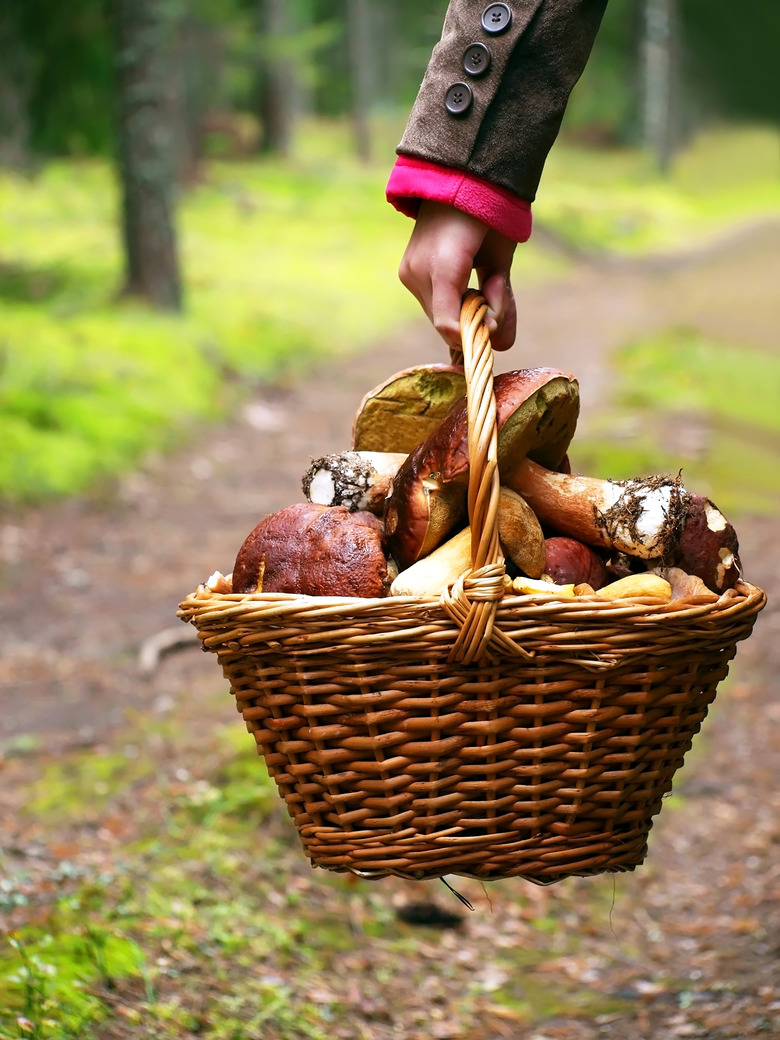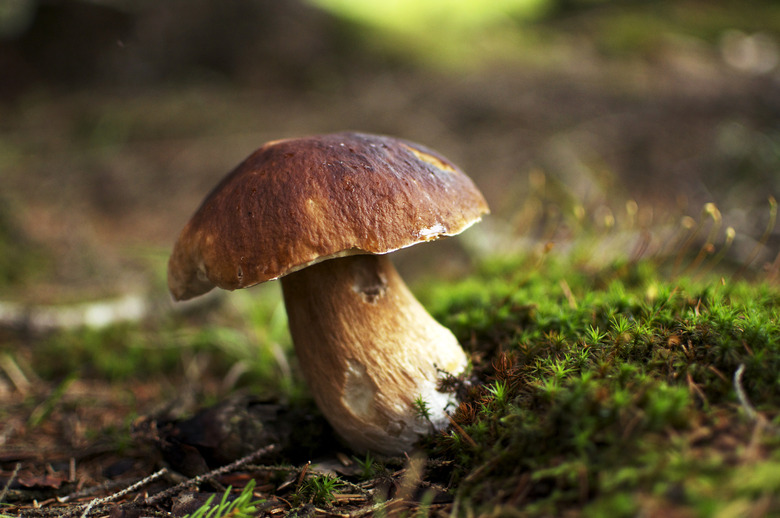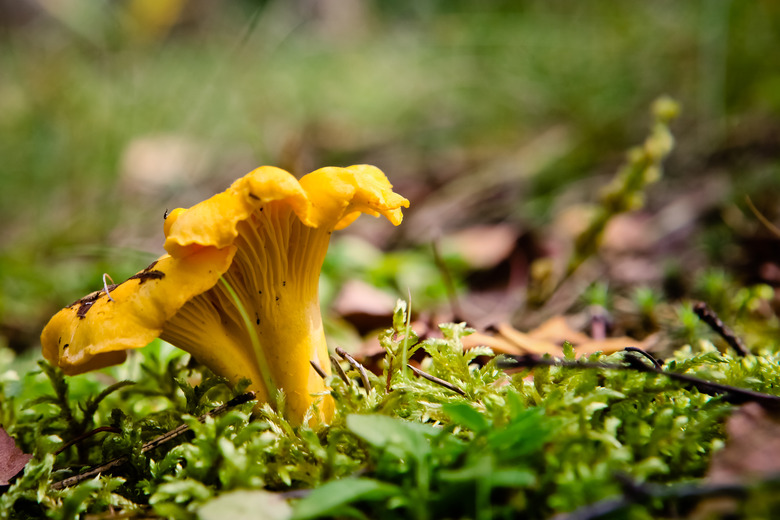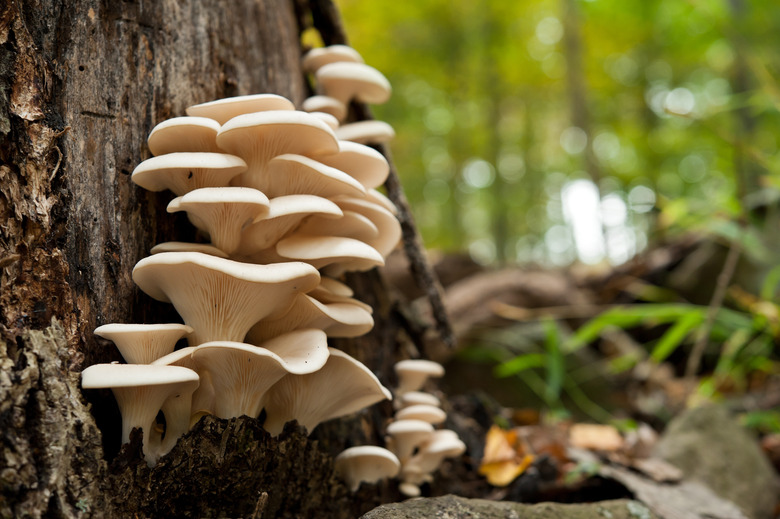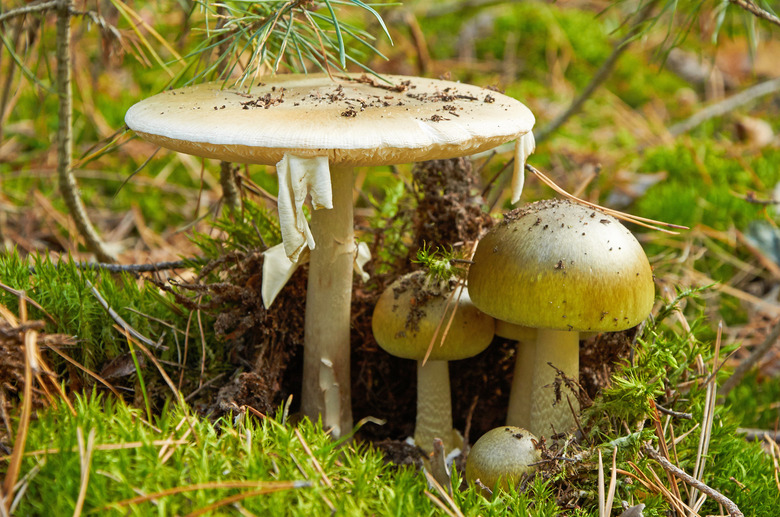Types Of Mushrooms
Foraging for wild mushrooms is a favorite fall pastime in other countries, where kids learn to identify the best choices from their experienced grandparents. But this is far less the case in the United States. That means that if you decide to go out mushroom hunting, you'll need to train yourself to identify safe, edible mushrooms as well as inedible and poisonous ones. You can find a dozen different guidebooks for sale, but it's far better to practice with someone who already has it down. The problem is that some of the most toxic mushrooms look very much like some edible ones, so you need a pair of expert eyes.
Bolets or Cepes
Bolets or Cepes
In France they call the cepe (Boletus edulis) the king of mushrooms. You may know this wild mushroom as porcini or king bolet, and if you've ever tasted it pan fried in olive oil or cooked in an omelet, you're in love. You can identify this mushroom by its distinct fragrance that makes you think of fermented dough. It generally grows near the roots of oak, pine, spruce or fir trees, appearing in late summer and fall. The mushroom cap can grow to some 6 inches in diameter and is a mahogany brown. The stem base is bulbous. When you cut into a cepe, the inner flesh is white or straw-colored. The underside of the cap is always sponge-like, with pores not gills.
Chanterelles
Chanterelles
What is golden and shaped like a trumpet? A delicious, easily recognized wild mushroom called the chanterelle (Cantharellus cibarius) fits that description. Beloved in Europe, it is found throughout the world and is the state mushroom of Oregon. If you find a patch this year, usually near hardwoods or conifer trees, you can probably find them in the same place next year.
A key identification point for the chanterelle is that the stem turns into the cap — they are not separate elements. If the mushroom has a cap you can pop off, it is not a chanterelle. The yellow color of the funnel-shaped mushroom ranges from deep orange to pale yellow, but generally it's the color of an egg yolk.The inner flesh is paler and deliciously meaty, with forking gills running down the underside all the way to the stalk. The chanterelle smells sweet and fruity, not unlike apricots or peaches.
Oyster Mushrooms
Oyster Mushrooms
Recognize the oyster mushroom (Pleurotus ostreatus) by its oyster-shaped cap and its decurrent gills. This means that the gills (lines on the underside of the cap) run right down into the stem. Oyster mushrooms commonly grow in overlapping clusters in a formation that looks like little shelves. They are usually light colored, white or oatmeal, and often grow on the trunk of dead or dying trees like beech or aspen. That's because they are saprotrophic, meaning they feed on dead material.
Poisonous Amanita
Poisonous Amanita
If you are going out foraging for mushrooms, you need to learn to identify the death cap (Amanita phalloides), said to have caused more poisoning deaths than any other mushroom species. These fungi contain a deadly amatoxin that slowly shuts down the liver and kidneys of someone who eats it. One cap is said to be sufficient to cause death. The death cap doesn't look gaudy like its red-capped relative the amanita muscaria, but is a pale, toady green. All amanitas have a kind of white sac or veil at the base of the stem that breaks as the mushroom grows and often hangs like tissue from its cap. Look for death caps in the autumn near trees like oak and pine, but sometimes in grassy fields.
Cite This Article
MLA
Spengler, Teo. "Types Of Mushrooms" sciencing.com, https://www.sciencing.com/types-of-mushrooms-13426611/. 23 August 2018.
APA
Spengler, Teo. (2018, August 23). Types Of Mushrooms. sciencing.com. Retrieved from https://www.sciencing.com/types-of-mushrooms-13426611/
Chicago
Spengler, Teo. Types Of Mushrooms last modified March 24, 2022. https://www.sciencing.com/types-of-mushrooms-13426611/
